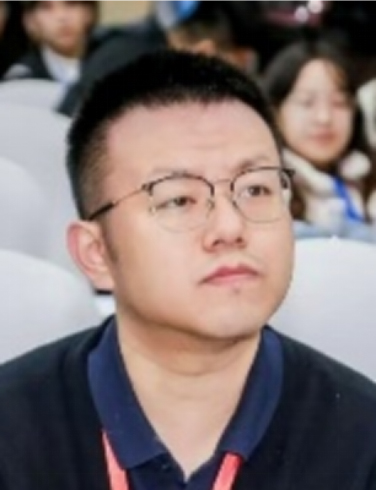The 6th International
Symposium on Thermal-Fluid Dynamics
(ISTFD 2025)


The 6th International
Symposium on Thermal-Fluid Dynamics
(ISTFD 2025)

Dr. Kunpeng Zhao
State Key Laboratory of Multiphase Flow in Power Engineering Xi'an Jiaotong University, China
E-mail:kunpeng_zhao@xjtu.edu.cn
Bio
Dr. Kunpeng Zhao is an associate professor in the State Key Laboratory of Multiphase Flow in Power Engineering at Xi'an Jiaotong University. He obtained the doctor's degree in 2021 and was selected by National Postdoctoral Program for Innovative Talent in the same year. His research interests lie in the general area of fluid dynamics and transport phenomena, including particle-laden flows, gas-liquid flows and turbulence. Dr. Zhao has authored more than 40 peer-reviewed papers in international journals including J Fluid Mech. (4), Phys. Fluids (4), Phys. Rev. Fluids (2), Chem. Eng. Sci. (4), etc. He has been hosted over 20 scientific research projects, including national natural science foundation projects, sub-project of the key research projects of the state, and State-owned enterprise entrusted projects. He was the recipient of several important awards, including First Prize for Scientific and Technological Progress awarded by the Ministry of Education, and Second Prize of the Shaanxi Province Innovation and Entrepreneurship Competition, etc.
Title
Dynamics of cohesive particles in turbulence
Abstract
Cohesive particles suspended in liquid or gaseous fluid flows tend to form larger aggregates, due to attractive inter-particle forces that cause the primary particles to flocculate. This mechanism plays a dominant role in environmental processes such as sediment erosion and transport in rivers and oceans, and it is also highly relevant in the context of a wide range of industrial processes, such as the wastewater treatment and particle fluidization. We propose a new numerical approach that tracks the dynamics of individual cohesive particles in turbulence, based on a particle-particle interaction model which reflects the combined influence of the lubrication force, the direct contact force, the attractive van der Waals force and the repulsive electrostatic force. It allows for a systematic simulation campaign that yields the temporal evolution of floc size and shape due to aggregation, breakage, deformation, translation and rotation.